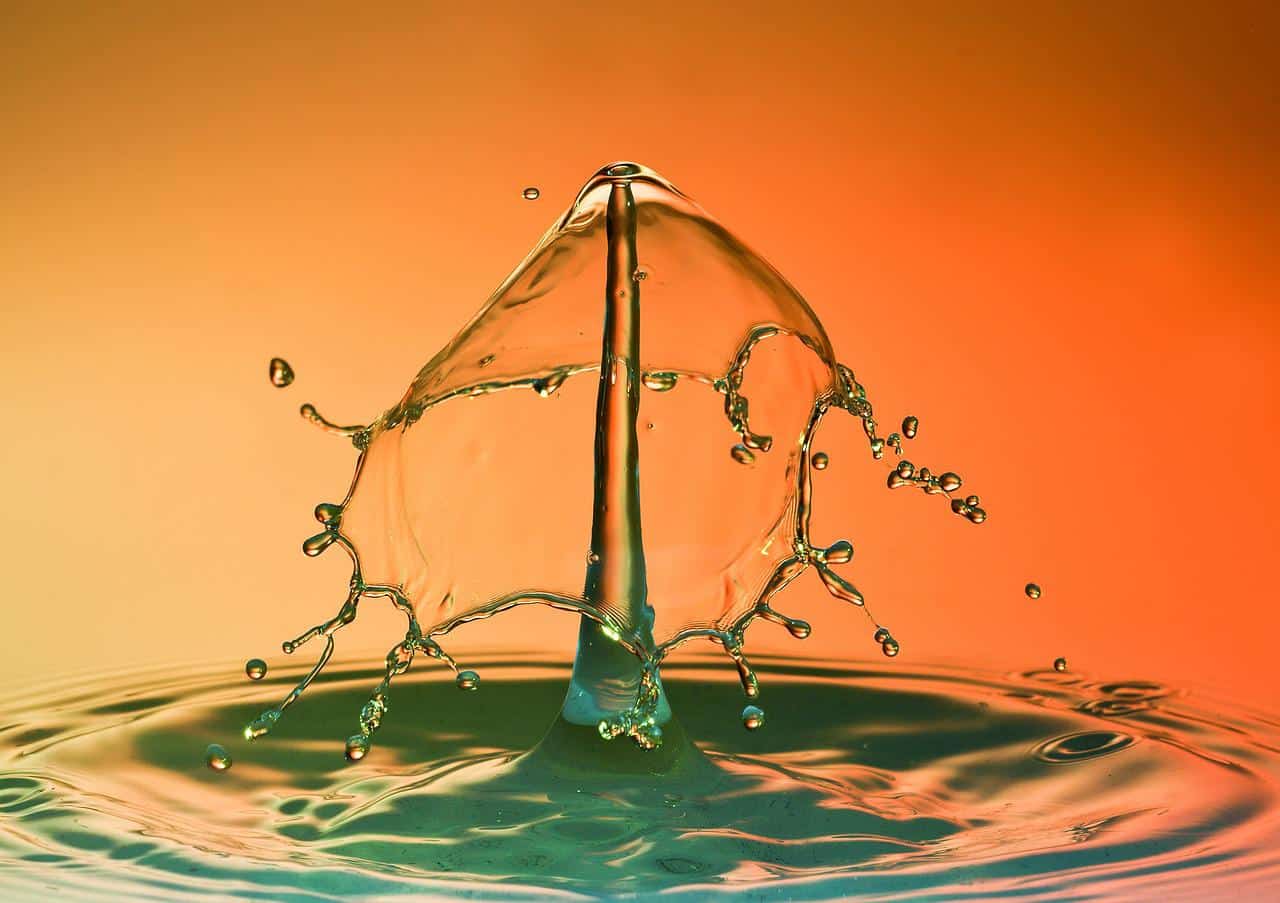How to Create Cool Water Drop Photography
Water drop photography is one of my favorite creative photography techniques. It’s fun and easy, and the final photo is always unique. Water drop photography may be considered advanced. How can you freeze the moment without special equipment? In this article, I will show you step-by-step how to create amazing water drop photos. The best news is that you don’t need a lot of equipment. You can do it in your kitchen too!
What You Need for Water Drop Photography
- Camera and tripod
- External flash(es)
- A telephoto lens, optionally a macro lens
- Large mixing bowl
- Water
- Milk
- Food dye
- Medicine dropper or another tool to drop water.
You don’t need the most expensive equipment to start your creative process. The key factor is preparation and lots of practice.
Note: If you want to make some adjustments to the photo just let me know. I can do it for you at a very low cost. You can hire me to edit your photo
Preparing a scene for shooting water droplets
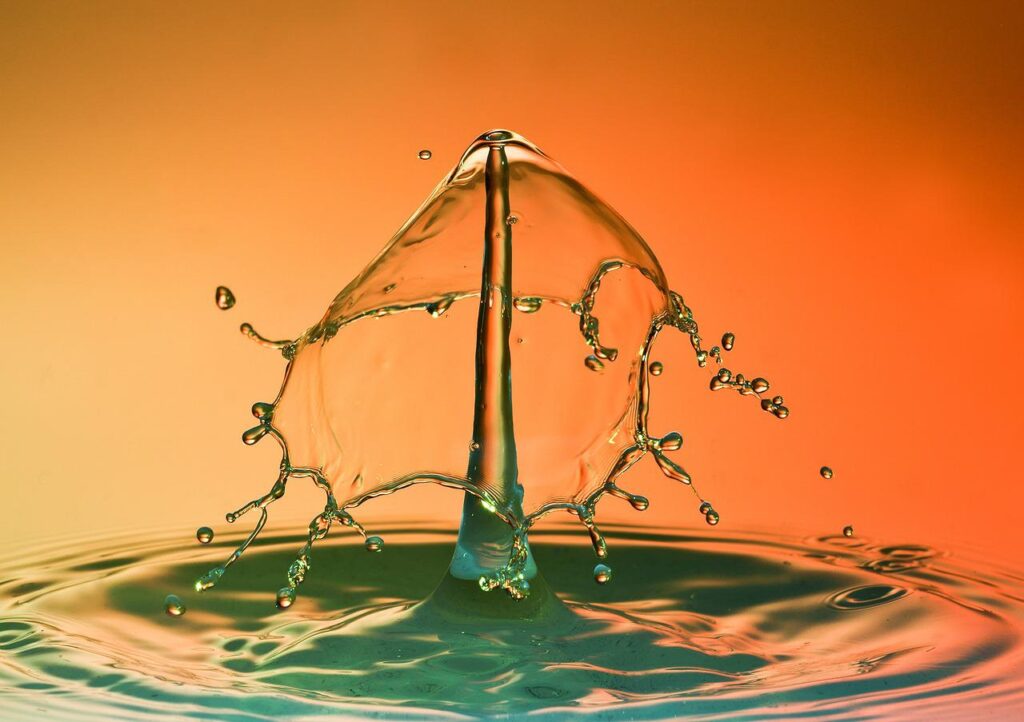
Find a place to take creative photos. A kitchen or bathroom is an ideal place. A splash is inevitable when he gets a bowl or two out of the bowl. Shooting becomes even more fun when you have a place where you can quickly put things away. Fill the mixing bowl almost completely with water. Add a few drops of milk to make the water cloudy. He has two reasons. First, milky water absorbs light better than clear water. This way you can just use the flash on a low power setting and illuminate the water droplets. And opaque liquids provide a more uniform and pleasing background.
The viewer’s eyes accidentally jump to the water droplets and are not distracted by the messy background. Guar gum or xanthan gum can also be added to improve the consistency of the water. Guar gum is great for thickening water but can leave clumps in the liquid. Xanthan gum gives better results. Add food coloring to the bowl after the milk to create a unique colorful background. Don’t add anything to the water you’re about to drop—yet. Once the setup is complete, you can use different colors for the water and dripping liquid in the bowl.
This creates an exciting contrast. If you need help choosing colors, read our article on color contrast. To drip the liquid, you can use a drug dropper or a glass vial with a tap. The latter allows you to control the flow. In addition, you can free both hands with one tap and concentrate on shooting. Aim the part of the bowl closest to the camera when dropping the liquid. That way water can be trapped and fall into the frame – without any distractions in the background. Bowl.
Position the camera and select the lens
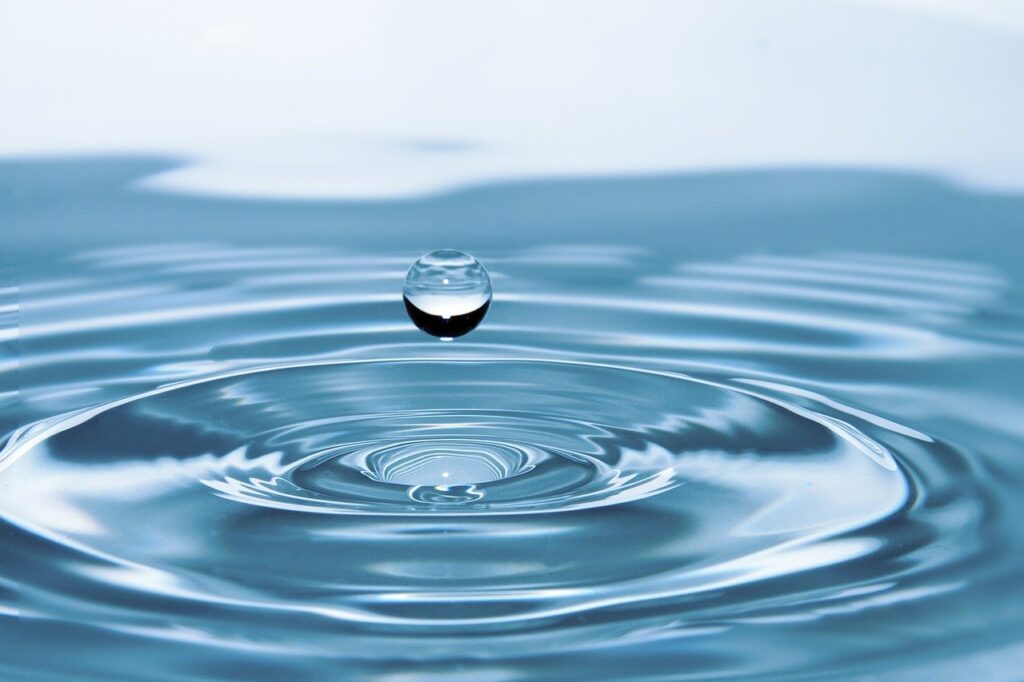
Place your camera on a tripod and find the ideal angle to capture the drops. Orient it so that the bottom of the frame is where the drop hits. A lot of space is needed at the top to capture droplets in flight. With the lens, you can shoot water droplets with the basic 18-55mm kit lens, but you’ll have to use the full zoom. The field of view is narrow, so you can only shoot the part where the water droplets hit. No distracting background elements are inserted. Alternatively, you can opt for a telephoto lens to give you an even longer distance to your subject to avoid water splashing on the lens.
Use a macro lens if you want a closer and tighter frame of water droplets for a more dramatic effect. Choose a longer focal length for the same reason as above. In the photo below, Josh uses the Canon EF 100mm f/2.8L IS Macro Lens. When placing the camera, please note that the water will fall for a while. See if it’s stable and you can comfortably access everything in your setup. Again, be careful to protect your device from splashes.
Setting up flash units and choosing camera settings
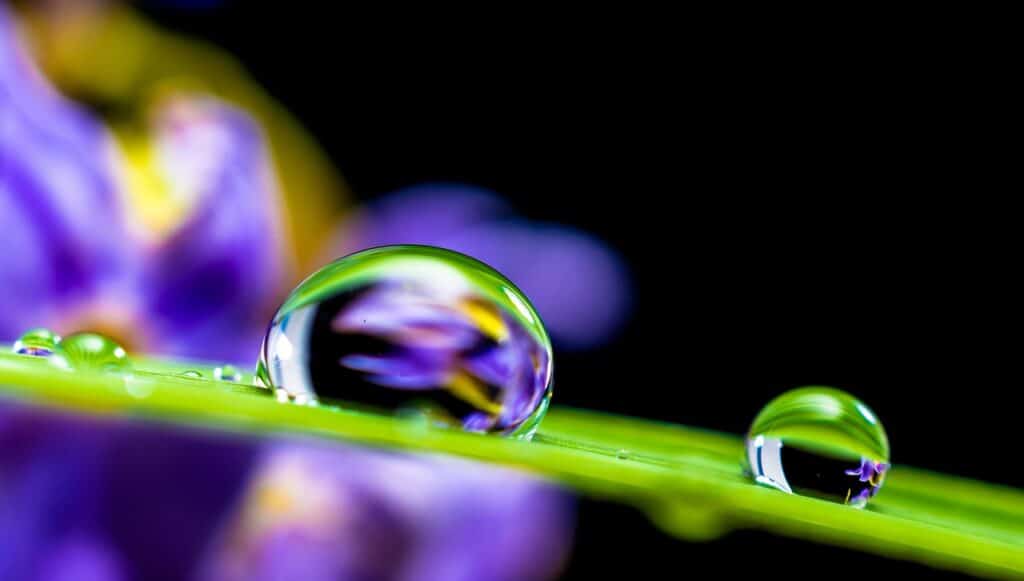
For this project, I need a flash that can be triggered remotely from the camera. A standard flash or Speedlight with a radio trigger will suffice. If you don’t have one yet, we recommend the Godox TT600 set (the Canon version is linked). You don’t need modifiers to shoot water droplets. All you need is a point of light. You can use color gels to change the color of the lights if you want, but it works fine without them. There are two stages to setting up the camera and flash. First, we need to reduce the environmental impact of pitch-black environments. Now we need to add a flash to relight the scene.
Ambient Exposure Settings
For the effect to be dramatic and interesting, all ambient light should be removed. Only the flashlight remains. To achieve this, turn on the live view of the camera. Make sure the exposure simulation is turned on so you can see the changes you made to the exposure. You can also check the histogram. Set the ISO to the lowest possible value. This is ISO 100 for your camera. Set the shutter speed to 1/200. Next, block out all remaining light using the aperture. If you’re not happy with the overly high setting, use an ND filter to make the ambient exposure even darker. Take a test photo and check the histogram. If you’ve done the process correctly, you should see a single spike on the far left.
Focusing
Switch the lens to manual focus. In this case, you’re working at a high F-stop, so don’t worry about being too focused. But correct posture is important. Pay attention to where the water drops fall. You can turn on the faucet (or dropper) to see the exact location.
Freezing the Motion
You may be wondering why I only use a shutter speed of 1/200. It’s certainly too late to stop the motion of the falling drops. But if you use flash instead of ambient exposure, it’s not the shutter speed that freezes motion. A strobe flash has a much shorter duration, about 1/800th to 1/1000th of a second. The sensor will of course only record if there is enough light on the subject. This means that a shutter speed of 1/200 will have the same freezing effect as a shutter speed of 1/800.
Setting up the Flash
Connect the trigger to your camera. Turn on both the flash and the shutter button. Place the flash right next to the bowl and point it where the water droplets will hit. Zoom in pretty close with the flash so that the beam is focused on a small spot. Ideally, in flash, he chooses a setting of 100 mm or higher. Make sure the flash head is slightly angled away from the edge of the bowl to avoid spilling light. Otherwise, the entire bowl will light up, which is not what we want. Set the flash to manual mode. This is important because we don’t want the flash to change exposure every other shot. Take a few test shots and set the correct exposure with only the flash. In our experience, power settings between 1/128 and 1/64 work well. or above completes the setting. There’s a small chance that you accidentally changed focus in this last step – double-check. In general, checking focus frequently is beneficial.
Start Shooting the Water Drops

Now the hard part is over. Let the fun begin! At first, I dropped only clear water and took a test shot. This will allow you to double-check if your settings are correct. Next, add food coloring and milk to the dripping water. Take as many pictures of the droplets as possible before the two colors mix. When the liquid starts to drip, continue until the dropper or faucet is empty. Don’t stress too much trying to guess when the drop will land. Burst mode ensures you catch drops without even seeing them. ‘s greatest skill isn’t shooting drops, it’s setting the scene. If you can do that, shooting will be smooth sailing. You can also increase the speed of the drop to create different effects. As the liquid begins to fall faster, the landing drop splashes into the next drop, creating a different shape between the two drops. It can end up in the shape of a tower, crown, or mushroom.
Finishing Waterdrop Photos with Post-Processing
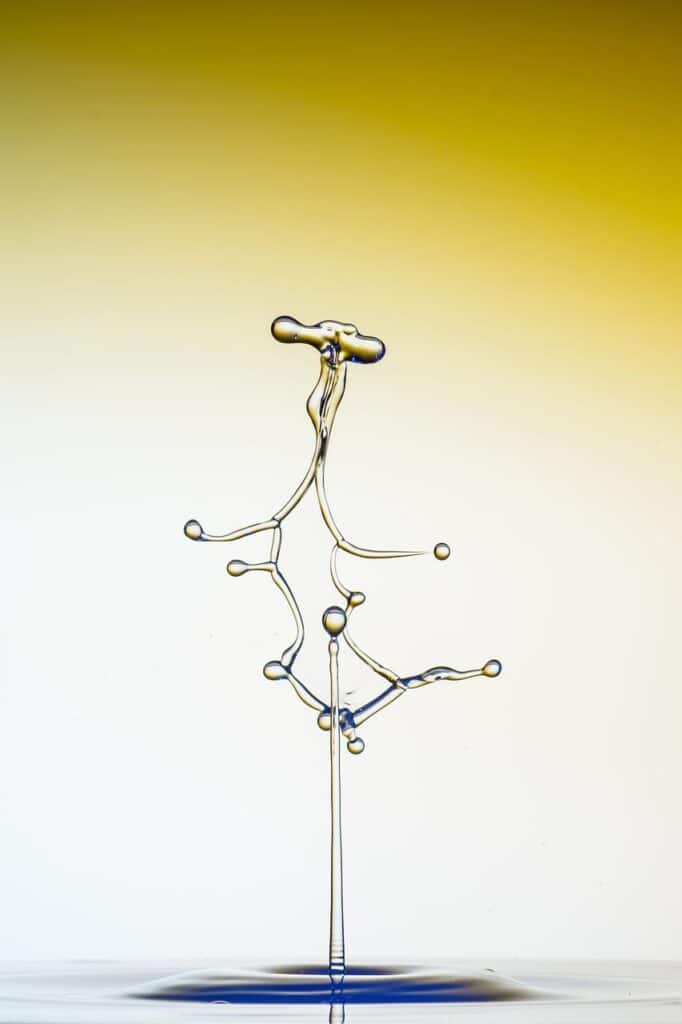
For best results, you can enhance your photos with photo editing software. If something doesn’t fit in the composition, crop it. Adjust contrast, brightness, and highlights as needed. You can also remove unwanted bubbles or elements from your photo. Or duplicate two drops to create different shapes. If your food coloring isn’t strong enough, you can increase the saturation. You can also convert your photo to black and white if you don’t like the color.
Conclusion
Once you’ve mastered the setup, water drop photography is a great way to explore creative ideas. You can change colors, mix different liquids, or use a yellow flash to create different moods in your photos. Don’t be afraid to experiment and shoot hundreds of times until you’re really satisfied.
Note: If you want to make some adjustments to the photo just let me know. I can do it for you at a very low cost. You can hire me to edit your photo
latest post
- How to Make a Graphical Abstract?
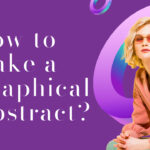 Elevate your research presentation with our guide to crafting compelling graphical abstracts. Discover essential tips on visuals, clarity, and effective design.
Elevate your research presentation with our guide to crafting compelling graphical abstracts. Discover essential tips on visuals, clarity, and effective design. - Best AI tools for Facebook Ads
 If you’re seeking to improve your Facebook advertising strategies, Birch or Revealbot, AdEspresso by Hootsuite, and Zalster are exceptional AI tools that enhance efficiency and maximize ad performance.
If you’re seeking to improve your Facebook advertising strategies, Birch or Revealbot, AdEspresso by Hootsuite, and Zalster are exceptional AI tools that enhance efficiency and maximize ad performance. - Photo Editing Mistakes
 Excessive editing, Oversaturating colors, Blurred images, Too much HDR and Overdoing filters and effects are some of the top photo editing mistakes to avoid for crafting stunning pictures.
Excessive editing, Oversaturating colors, Blurred images, Too much HDR and Overdoing filters and effects are some of the top photo editing mistakes to avoid for crafting stunning pictures. - Best AI tools for lead generationExplore Customers.ai, Instantly, Seamless.AI, and LeadIQ are some of the best AI tools for lead generation as they provide you with client’s details for closing deals. Uncover its key features, affordable pricing, and customer reviews.
- Benefits of Digital Business CardsWhat is a digital business card? Discover the benefits of digital business cards and how to create digital business cards suitable to your professional image and networking efforts.

